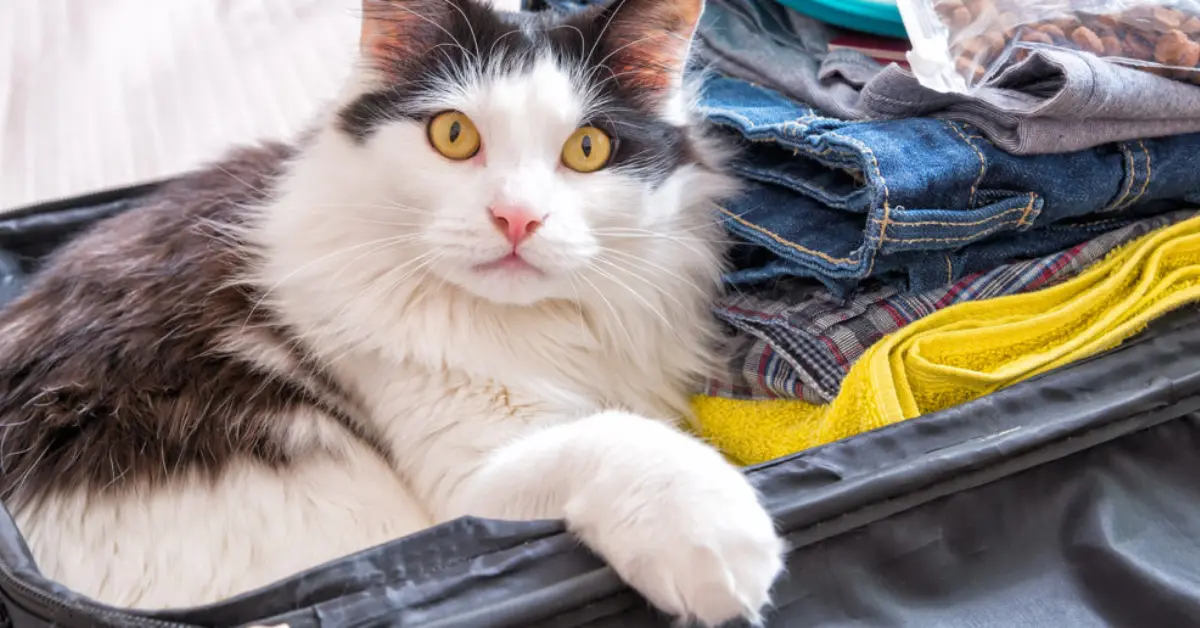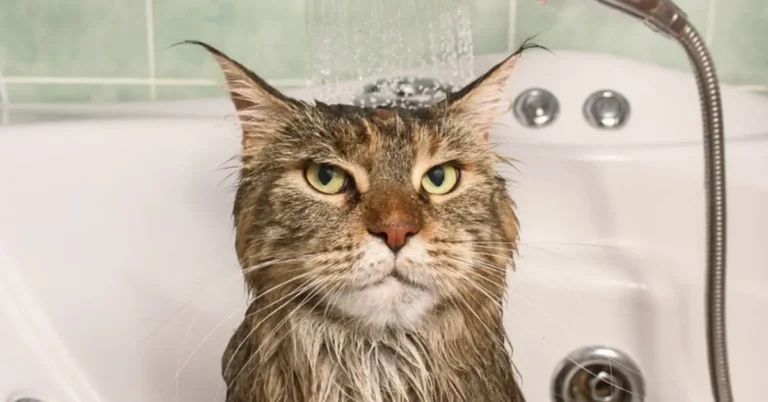Traveling with pets can be daunting, but with cats, who can be particularly sensitive creatures of habit, the logistics of adventures on the road or in the air require extra planning and precautions. However, with thoughtful preparation, you can transform what could be a hair-raising experience into a delightful getaway for both you and your feline companion.
Follow these top 10 tips to master stress-free travel with cats.
Research Regulations for Smooth Sailing
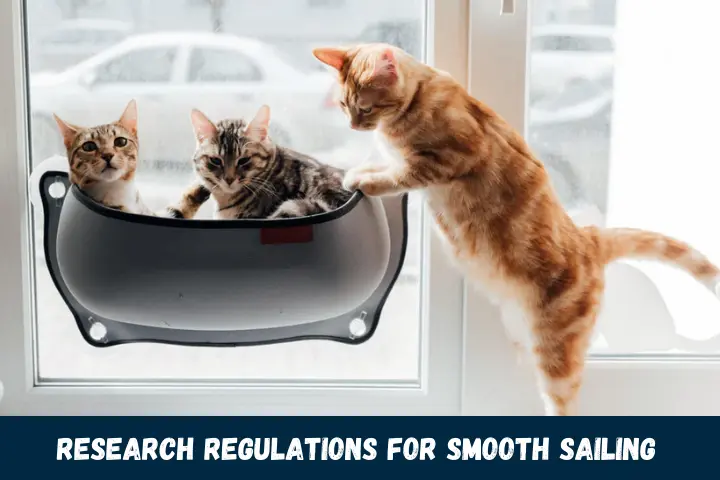
When preparing a trip with your cat, the foundation of success lies in researching all regulations and restrictions at your destination. For air travel, call the specific airline to understand their unique fees, carrier guidelines, age limitations, and any health certificates required. Airlines have diverse policies regarding in-cabin pets—some restrict numbers, exclude specific cat breeds, or limit cabin access on longer flights or during peak seasons.
Additionally, look up pet importation rules if crossing state lines or national borders. Many locales require current rabies vaccinations and health certificates issued shortly before arrival. While usually uncomplicated within the US, crossing into other countries can entail quarantines, special vaccinations, or potentially complex processes of gaining entry permission that requires advance planning.
Pick the perfect Portable Haven
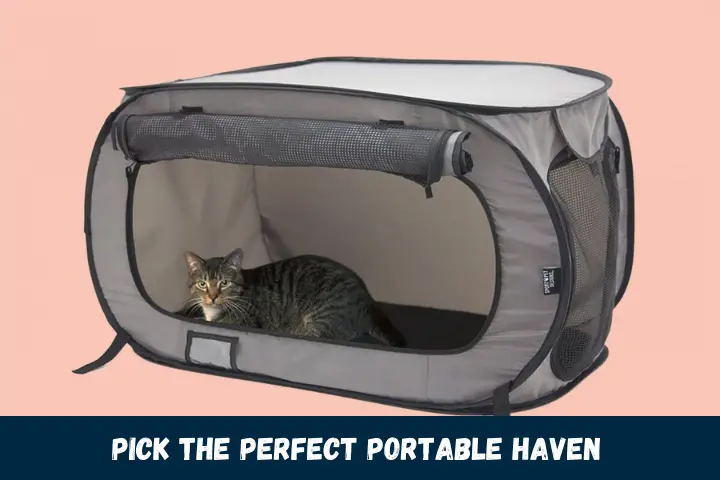
The carrier forms your cat’s home base away from home while in transit, so choose wisely based on size, materials, and accessibility. Hard-sided or soft carriers should be sturdy enough to prevent escape during travel. Excellent ventilation and visibility also reduce stress. Measure your cat in all positions – standing, lying down, stretching – and select an appropriately roomy model.
Ideally, the carrier allows easy access for you while preventing opportunistic escapes by the kitty. Consider backpack styles for convenience through airports or tote carriers that open fully at the top to minimize struggles getting cats inside. This applies similarly to many orange cat breeds. Practicing entering and exiting in advance prevents problems later. Equip the interior with familiar bedding that retains your scent plus a few favorite toys or treats to lift moods.
Packing 101: Feline Travel Necessities
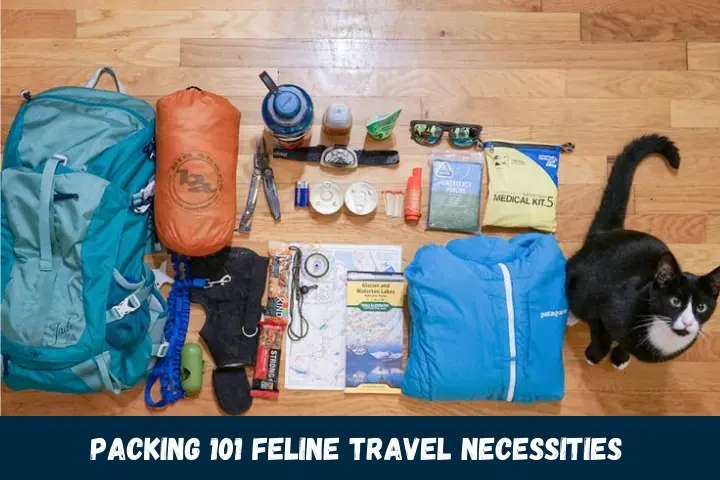
Having your cat’s travel gear organized ahead of time alleviates 11th-hour stress. Start with the basics – food and water – packing sufficient provisions for the entire journey plus several extra days’ worth in case of delays or emergencies. This applies similarly to various black cat breeds, ensuring their travel necessities are well-prepared.
Additionally, pack “creature comforts” like bowls, a few preferred toys or blankets and a small portable litter box with appropriate litter for en-route pit stops. Consider disposable boxes and waste bags for shorter trips. For air travel, carry proof of vaccinations, medical records, and any required health certificates or documentation to avoid missing crucial paperwork last minute.
Desensitization Training for Travel Zen
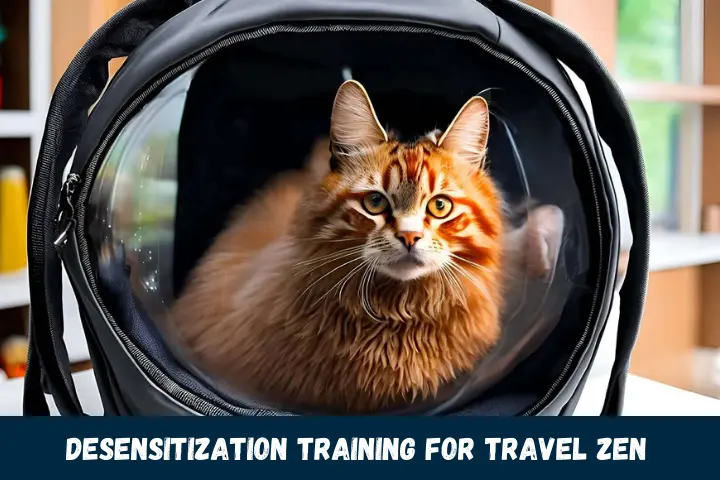
Cats rely heavily on familiar surroundings and routines for their security, making travel intrinsically disruptive. You can lay the foundations for better travel behavior by conducting short practice trips and desensitization training beforehand. Take progressively longer drives with your cat or arrange visits to friends’ houses to expand their comfort zones.
At home, acclimate your cat to carrier confinement with positive reinforcement training. Leave the open carrier in a favorite room with treats or catnip inside so your cat associates it with nice experiences. Also, habituate cats to travel sounds like engines or even recordings of planes taking off by gradually increasing volume during playtimes or meals over a period of weeks.
Proper Provisions Prevent Dehydration
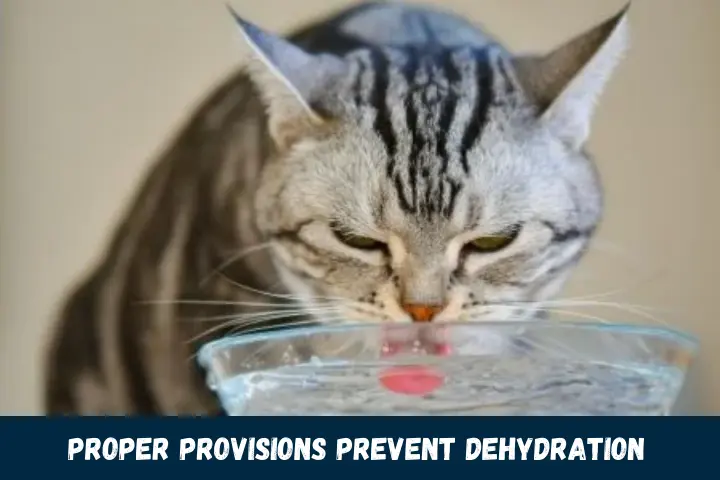
Travel inherently increases dehydration risks for cats since movement and environmental changes prove stressful. Bring and continually replenish a supply of fresh water accessible to your cat at all times. Consider buying or renting cat water fountains designed for car or airline seats allowing self-service hydration. Portable collapsible bowls also facilitate convenient watering at rest stops.
Monitor your cat’s water intake and the color of their gums which lighten with dehydration. Offer high moisture foods like canned varieties versus dry kibble as well. Working water into travel regimes keeps kidneys functioning and prevents potentially dangerous health issues.
Engage and Entertain: Beating Boredom

Prevent cabin fever and acting out with regular interactive play sessions. Pack feather wands, laser pointers, crinkle balls, and other beloved toys. Break up long car rides by incorporating outdoor exploration and exercise during stopovers – cats love sniffing new smells and textures underfoot.
If possible, book pet-friendly lodging allowing your cat supervised but unconfined movement. For confined spaces like planes, request bulkhead seating for a bit more leg room and bring along treats, grooming tools, or tablet devices loaded with videos and games to keep your companion happily occupied.
First Class Care: Ensuring Comfort and Security

Attentiveness and responsiveness to your cat’s needs foster security. Offer soothing pats, gentle grooming, or simply talk in calming tones while traveling. Provide cozy spots for curling up like beds, window hammocks, or your lap. Monitor body language for signs of motion sickness like drooling, lip smacking, or pupil dilation, and ease anxieties with anti-nausea medication recommended by your veterinarian.
Use calming pheromone sprays or non-prescription supplements on the advice of your vet – things like Zylkene or calming collars with synthetic pheromones mimic those from nursing mama cats. Avoid overstimulation though – give introverted cats their space. Tuning into your individual cat’s travel style optimizes their comfort.
Vet Knows Best: Medical Travel Clearance
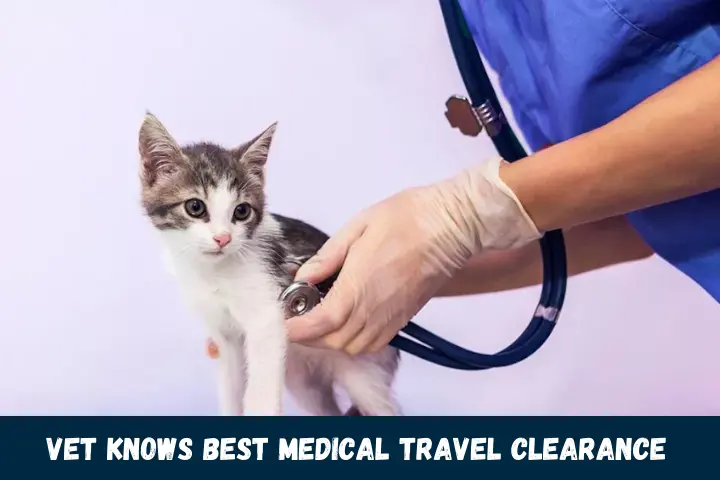
Schedule an appointment with your veterinarian 4-6 weeks prior to extended travel for a comprehensive medical evaluation ensuring your cat stays happy and healthy on the road or in the air. Discuss any pre-existing conditions and obtain written prescriptions plus extra medications as needed to last the trip’s entirety.
Ask about anxiety or motion sickness relief options suitable for your cat like mild sedatives or anti-nausea medication to have on hand. Ensure all standard inoculations and preventatives like deworming and flea treatments are up-to-date as well at least 2 weeks before travel to allow immunity development and avoid adverse reactions. Your vet best assesses what preparations to make for smooth sailing.
Zen Cat Chic: Embrace Quirks and Quandries

Despite meticulous planning, the unexpected still happens when traveling with cats. Car sickness or minor misbehaviors arise. Adapt and respond with patience when needs or limits get tested. If accidents occur, neutrally clean up and then divert their focus to something positive.
Equally, anticipate personality quirks emerging under stress like clinginess, vocalization, or unusual hiding. Simply go with the flow – reacting yourself with frustration or irritability only exacerbates anxieties. Stay the calm leader through bewilderment or hiccups. Laughter defuses tension better than scolding, turning travel troubles into future funny memories rather than lasting trauma.
Home Sweet Homecoming Adjustments

The trip may end, but thoughtful transitions ease post-travel hurdles as your cat readjusts. Arriving home, initially restrict them to one familiar room with food, water, and a litter box while any chaos settles. To avoid overwhelm, gradually reintegrate cats into the household, rotating visits with other pets first. Unpack belongings like carriers slowly over subsequent days.Monitor eating and elimination patterns closely as schedules are disrupted. Expect hiding initially – travel requires significant resiliency and cats need downtime before fully embracing their old routines. With understanding from you though, new adventures shared deepen bonds strengthening your lifelong journey together.
Final Thoughts
In summary, with thoughtful research, organization, and responsiveness to your cat’s needs, travel can enrich your shared lives rather than elicit misery. Always maintain perspective – a vacation aims to rejuvenate bodies and spirits, so adaptability and Levity lift your cat’s travel experience from troublesome to treasured.

